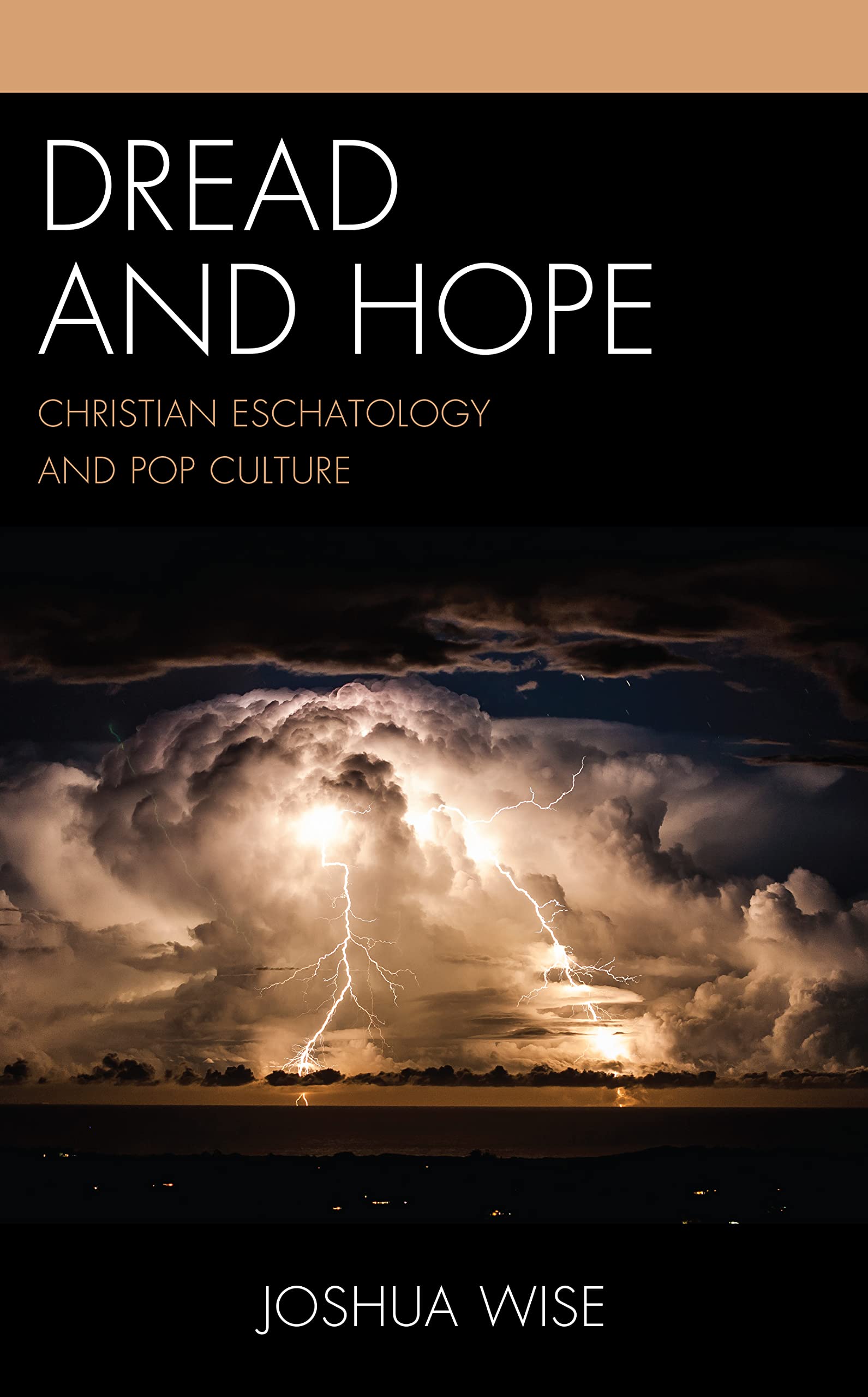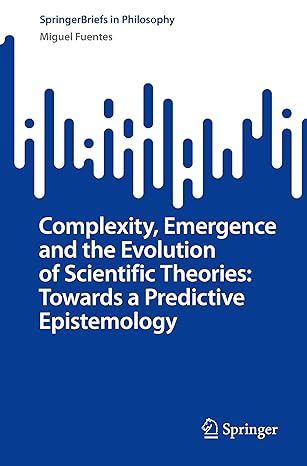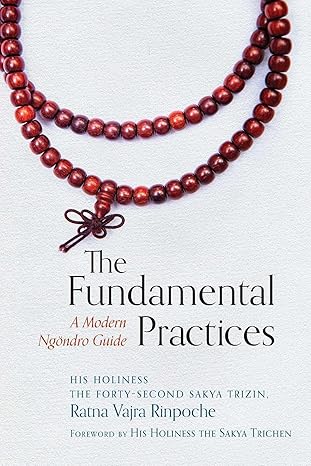Popular culture is relentlessly concerned with the driving forces of fear and aspiration. Every story of heroism, every romance, every comedy, every popular song touches us at some level at the points where we fear or long for something. More often than not, they come together. The deadly danger is met by courage, and we both fear the danger and admire the courage. The poor schlub is alone and down on his luck, but he has the courage to go after his love interest anyway, and perhaps we laugh with him or at him along the way. We fear loneliness; we long to be loved. Or, on the other hand, we fear the pressures of society and we long for a quiet place to be left alone, to pur- sue our own goals. All popular culture expresses these simple driving forces, the things we flee from and the things we desire. This, of course, may be self-evident, for it is the pairing of fear and desire that drives us physically, emotionally, and mentally. It is the heart of the leth- argy of ennui to neither want nor fear. Thus, as creatures driven by these two motivations, it is not surprising that our popular culture should be saturated with these ideas. One need only look at the number one Billboard songs of each year to find both fear and desire at the center of our popular music. From Elvis Presley’s “Heartbreak Hotel” in 1956 and “All Shook Up” in 1957, to “Surfin’ U.S.A.” by the Beach Boys in 1963, 1964’s “I Want to Hold Your Hand” by the Beatles, to Oliva Newton-John’s 1982 hit “Physical,” all the way to “Love Yourself” by Justin Bieber in 2016 and “Shape of You” by Ed Sheeran in 2017, hits play on our fears, often of being alone, and our desires, either to have the one we want, or just to go out and have a good time. These natural desires and fears are often the easy material of popular cul- ture. To pit the hero in a novel, video game, film, or television series against a representative of our fears is exciting. That hero might, like Lara Croft, be incredibly physically capable, and we aspire to be like her. She might Introduction 2Introduction be brilliant like Veronica Mars (or, also like Lara Croft), and we desire that attribute as well. We would all like, very much, to be fit, brilliant, beautiful, and capable. Whatever the hero’s task, we consume their adventures and are touched only lightly by the danger in them, except perhaps when a beloved character dies. While this book is about popular culture, it is not largely about this kind of popular culture, which touches lightly on the desires and fears of normal human life. Instead, this book is about those moments when popular culture touches on human fears and desires that go beyond the natural realm to engage with ultimate concerns. These ultimate concerns, the collapse of our reality, the rise of ultimate and final evil, the arrival of God, the restitution of humanity, its final judgment, and everlasting life or death, fall under the theological category of eschatology. As a rule, popular culture does not generally deal in such matters. It likes to avoid offending, taking sides, or closing a story for good, especially in today’s market-driven artistic world. How could you bring about the end of your world for good when there are more books to be sold? How could you take a stand and say, “In this world, Allah is the only true God, everyone else is wrong,” when you want to be able to sell your books to people of all belief systems? But now and then, popular culture does embrace, interpret, or uncon- sciously represent these ultimate ideas. This book is a look at those rare occa- sions where popular culture genuinely confronts these issues. These issues are not merely issues of fear and desire, but ultimate concerns that participate to some degree in the supernatural: dread and hope. It is a book concerned with the development of these ideas in Christianity. I am a theologian, but my areas of study are deeply rooted in the history of Christianity and Second Temple Judaism and the development of the ideas of both, especially the ideas that fall under the category of eschatology. So, along with popular culture, this is a book about those ideas that largely, though not entirely, grow out of the Jewish engagement with Antiochus IV in the second century BCE1 and a Jewish text called 1 Enoch. It is about how those ideas shattered and reformed in various ways.
چکیده فارسی
فرهنگ عامه بی وقفه به نیروهای محرک ترس و آرزو می پردازد. هر داستان قهرمانی، هر عاشقانه، هر کمدی، هر آهنگ عامه پسند ما را تا حدی در نقاطی که از چیزی می ترسیم یا آرزو می کنیم، تحت تاثیر قرار می دهد. اغلب آنها با هم می آیند. خطر مرگبار با شجاعت روبرو می شود و ما هم از خطر می ترسیم و هم شجاعت را تحسین می کنیم. بدبخت تنهاست و از اقبالش رنج می برد، اما به هر حال شهامت این را دارد که به دنبال علاقه اش برود و شاید در طول راه با او یا به او بخندیم. ما از تنهایی می ترسیم؛ ما آرزوی دوست داشته شدن داریم یا از طرف دیگر از فشارهای جامعه می ترسیم و آرزوی یک مکان آرام را داریم که تنها بگذاریم و به دنبال اهداف خود باشیم. تمام فرهنگ عامه بیانگر این نیروهای محرکه ساده است، چیزهایی که از آنها فرار می کنیم و چیزهایی که آرزو می کنیم. این البته ممکن است بدیهی باشد، زیرا این جفت شدن ترس و میل است که ما را از لحاظ فیزیکی، عاطفی و ذهنی به حرکت در می آورد. این قلب بی حالی است که نه خواستن و نه ترسیدن. بنابراین، به عنوان موجوداتی که توسط این دو انگیزه هدایت می شوند، جای تعجب نیست که فرهنگ عامه ما باید از این ایده ها اشباع شود. فقط کافی است به آهنگ های شماره یک بیلبورد هر سال نگاه کنید تا ترس و میل را در مرکز موسیقی محبوب ما بیابید. از «هتل شکستن قلب» الویس پریسلی در سال 1956 و «همه تکان خوردند» در سال 1957 تا «سرفین ایالات متحده آمریکا». توسط Beach Boys در سال 1963، "I Want To Hold Your Hand" محصول 1964 توسط بیتلز، تا موفقیت اولیوا نیوتن جان در سال 1982 "Physical" تا "Love Yourself" اثر جاستین بیبر در سال 2016 و "Shape of You" توسط اد شیران در سال 2017، هیتهایی با ترسهای ما، اغلب از تنها ماندن، و خواستههای ما، یا داشتن کسی که میخواهیم، یا فقط بیرون رفتن و خوش گذرانی، بازی میکنند. این خواسته ها و ترس های طبیعی اغلب مواد آسان فرهنگ عمومی هستند. قرار دادن قهرمان در یک رمان، بازی ویدیویی، فیلم یا سریال تلویزیونی در مقابل نماینده ترس هایمان هیجان انگیز است. آن قهرمان ممکن است، مانند لارا کرافت، از نظر بدنی فوقالعاده توانا باشد و ما آرزو داریم که مانند او باشیم. او ممکن است مانند ورونیکا مارس (یا همچنین مانند لارا کرافت) Introduction 2 Introduction درخشان باشد و ما نیز چنین ویژگی را می خواهیم. همه ما خیلی دوست داریم تناسب اندام، درخشان، زیبا و توانا باشیم. وظیفه قهرمان هر چه که باشد، ما ماجراجوییهای آنها را مصرف میکنیم و خطری که در آنها وجود دارد، فقط به آرامی تحت تأثیر قرار میگیریم، مگر اینکه یک شخصیت محبوب بمیرد. در حالی که این کتاب در مورد فرهنگ عامه است، تا حد زیادی در مورد این نوع فرهنگ عامه نیست، که به آرامی به خواسته ها و ترس های زندگی عادی انسان می پردازد. در عوض، این کتاب درباره لحظاتی است که فرهنگ عامه به ترسها و خواستههای انسانی میپردازد که فراتر از قلمرو طبیعی است تا با نگرانیهای نهایی درگیر شود. این نگرانیهای نهایی، فروپاشی واقعیت ما، ظهور شر نهایی و نهایی، ظهور خدا، بازگرداندن بشریت، قضاوت نهایی آن، و زندگی یا مرگ جاودانی، در رده الهیات معاد شناسی قرار میگیرند. به عنوان یک قاعده، فرهنگ عامه عموماً به چنین موضوعاتی نمی پردازد. دوست دارد از توهین کردن، جانبداری کردن یا بستن یک داستان برای همیشه اجتناب کند، به خصوص در دنیای هنری امروزی که بازار محور است. وقتی کتابهای بیشتری برای فروش وجود دارد، چگونه میتوانید پایان دنیای خود را برای همیشه رقم بزنید؟ چگونه می توانید موضع بگیرید و بگویید: "در این دنیا، خدا تنها خدای واقعی است، بقیه اشتباه می کنند"، وقتی می خواهید بتوانید کتاب های خود را به افراد با هر نظام اعتقادی بفروشید؟ اما هرازگاهی، فرهنگ عامه این ایدههای نهایی را پذیرفته، تفسیر میکند یا ناخودآگاه بازنمایی میکند. این کتاب نگاهی است به موارد نادری که فرهنگ عامه واقعاً با این مسائل روبرو می شود. این مسائل صرفاً مسائل مربوط به ترس و میل نیستند، بلکه نگرانی های نهایی هستند که تا حدی در امور ماوراء طبیعی مشارکت دارند: ترس و امید. این کتابی است که به توسعه این ایده ها در مسیحیت می پردازد. من یک الهیدان هستم، اما حوزههای تحصیلی من عمیقاً ریشه در تاریخ مسیحیت و یهودیت معبد دوم و توسعه ایدههای هر دو دارد، بهویژه ایدههایی که در رده آخرتشناسی قرار میگیرند. بنابراین، همراه با فرهنگ عامه، این کتاب درباره آن ایدههایی است که عمدتاً، هرچند نه به طور کامل، ناشی از درگیری یهودیان با آنتیوخوس چهارم در قرن دوم پیش از میلاد و یک متن یهودی به نام 1 خنوخ است. این در مورد چگونگی شکست آن ایده ها و اصلاحات به طرق مختلف است.
ادامه ...
بستن ...
8Introduction Christian Eschatology in This Work Christian eschatology as a whole, then, is the result of this struggle between two competing forces: the early Jewish expectations about the coming end of the age, and the central role of Jesus Christ in a Christian worldview. From this struggle, multiple interpretations arose. Some of these interpretations cleaved more closely to the old model by merely placing Christ in one or more of the roles in the upcoming drama, leaving the overall picture largely unchanged. Others reworked the whole eschatological narrative around the person of the Resurrected Christ, conforming the eschatological elements to fit his character. The development of these ideas throughout Christian history brought into focus a number of “last things” or topics of eschatological reflection and inquiry. Different traditions handle the topics somewhat differently, and I have based my schema to some great degree on the old Jewish apoca- lyptic expectation. Therefore, the topics that I will address here will be as follows: The Collapse of All Things: This is the expectation that near the end of the current age, society, or the church, or both will collapse. The Evil One: This is the expectation that the collapse will largely be orchestrated, or helped along, by a figure known variously as the Man of Lawlessness, the Beast, or the Antichrist. The Parousia/Second Coming: The return of Jesus Christ to the world. This is his glorious appearing before all people. The General Resurrection: This is the expectation that all people who have ever lived will rise in their bodies to new life. The Final Judgment: This is the expectation that all people will be judged by God together and publicly. Hell: This is the expectation that evil will be judged and destroyed forever. Heaven: This is the expectation that the righteous will live forever in the life of God in a recreated cosmos without suffering or death. Each of these categories will be approached with a brief introduction to their origins, a short overview of their role in Christian theology, and then a consideration of how these topics have been imported into and interpreted by popular culture. Popular Culture This is a book about Christian eschatology and popular culture, and it is worth defining here the scope and shape of the popular culture that will be consid- ered here. In her Life magazine article “The Outs of Pop Culture,” Gloria Steinem wrote, 9Introduction Pop Culture–although big, mercurial, and slippery to define–is really an umbrella term that covers anything currently in fashion, all or most of whose ingredients are familiar to the public-at-large. The new dances are a perfect example because they came from the public in the first place–from the Negro subculture via the teen-agers. A pop item must also pass the test of currency. Whether it is a dance or a dress style or a serious socio-political event, it has to be new and exciting enough to capture the popular imagination and /or appeal to the young
ادامه ...
بستن ...










